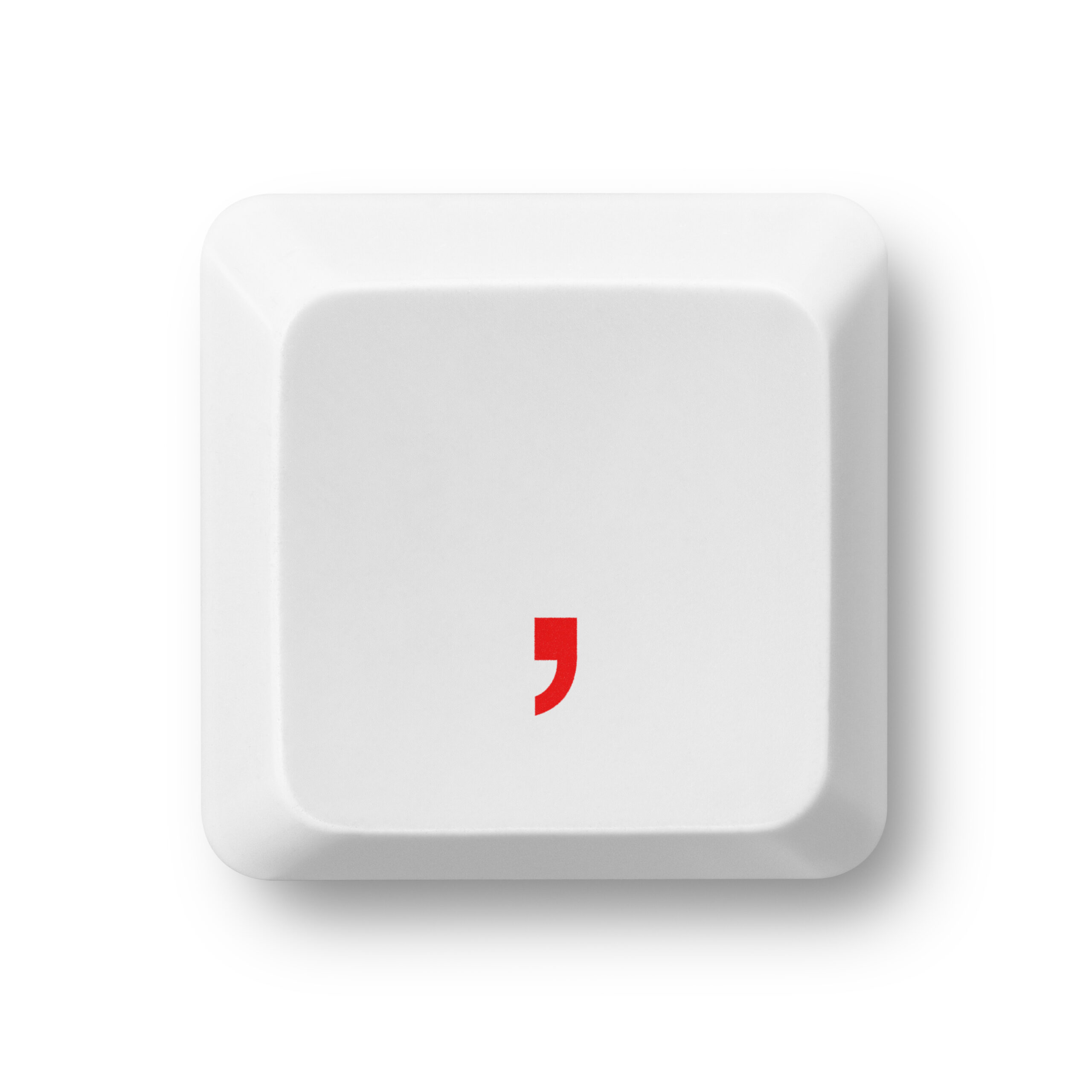When to use – and not to use – the Oxford comma in AP Style
AP Style is designed to minimize characters used, but clarity is always king.

The serial comma is one of the most misunderstood parts of AP Style. Heck, no one can even agree on what to call it: serial comma, series comma, Oxford comma or Harvard comma.
Whatever you call it, take a look at that previous sentence. It’s the comma that isn’t there after “Oxford comma.” That’s because in AP Style, you don’t use a comma before the last item in a simple list. You may have been taught differently in your grade school English classes, or even had it drilled into your skull while following other rules like those in the Chicago Style Guide.
But AP Style, the system of choice for many communicators and journalists, does things a little differently. There are times when you’ll want to include that little squiggle – and times when you shouldn’t.
In a recent Ragan webinar, Grammar Girl, also known as Mignon Fogarty of the Quick and Dirty Tips Podcast Network, shared tips for some of the quirkier parts of AP Style, including that tricky serial comma. You can watch the entire “Grammar Girl’s Beginning and Intermediate Guide to AP Style” webinar any time.
But for now, let’s tackle the weirdness of the serial comma.
When not to use the serial comma in AP Style
To recap again, the serial comma is the last comma in this series: I need to buy milk, eggs, and bread.
But when following AP Style, you wouldn’t include a comma there. The reason, Fogarty says, is because AP Style was developed for use in newspapers. Back in ye olde days when print was king, every space counted. So the style gods decided that a simple series made sense without that last comma.
When to use the serial comma in AP Style
But there are times when you do need that last comma for clarity.
You should use the comma in question if your list contains compound items. Fogarty uses the example of, “I like peanut butter and jelly, ham and eggs, and macaroni and cheese.” Because there are conjunctions in each item, you need that last comma to show that the “and” between eggs and macaroni is connecting the items on the list.
Also use the serial comma when you have a more complex sentence. Using characters from her podcast, Fogarty explains that the comma makes this sentence more readable: “Squiggly wondered whether Aardvark had caught any fish, whether Aardvark would be home for dinner, and whether Aardvark would be in a good mood.”
And finally, a blanket rule is that you should use that last comma any time it makes the sentence clearer. The classic, joking example is: “They invited the strippers, Stalin and JFK.”
“Without the serial comma,” Fogarty says, “it sounds as if Stalin and JFK are strippers and it always makes people laugh.”
By including that last comma, it’s more clear that the strippers, JFK, and Stalin are all separate people. This is an important distinction in most cases.
To recap:
- Don’t use the serial comma if the list is simple.
- Do use the serial comma if you’re connecting items that already have conjunctions.
- Do use the serial comma in complex, longer sentences.
- Do use the serial comma whenever you think it helps aid readability.
For more of Fogarty’s tips, watch the full webinar.
COMMENT
9 Responses to “When to use – and not to use – the Oxford comma in AP Style”
Ragan.com Daily Headlines
Tags: Grammar Girl, Oxford comma, Serial comma, writing








I prefer absolute rules so there appears to be no inconsistency. Always use Oxford commas. AP style be damned (in this case!).
So now may we address the difference between and usages of apostrophes and single open quotation marks?
Great idea! I’ll add that to my list for a future post!
And only ONE period after a sentence DAMMIT! This is not the 70s with IBM selectric typewriters for goodness sake.
Thanks this was helpful
Don’t you mean one space AFTER a period?
If I ever write for a newspaper, I’ll think about it.
I’d hate to throw away William Strunk and Lynne Truss, just for that space-hog we call the ‘comma”. smh
Yes! Simplifying rules is always a good thing as long as it doesn’t cause problems. The original rationale for not using the Oxford comma (to save printing space) ceased to exist long ago.
For a simple series, a comma before the conjunction is simply not needed. For example, there is no ambiguity with “The flag was red, white and blue.” In most cases, a rewrite can clarify before adding superfluous punctuaion.